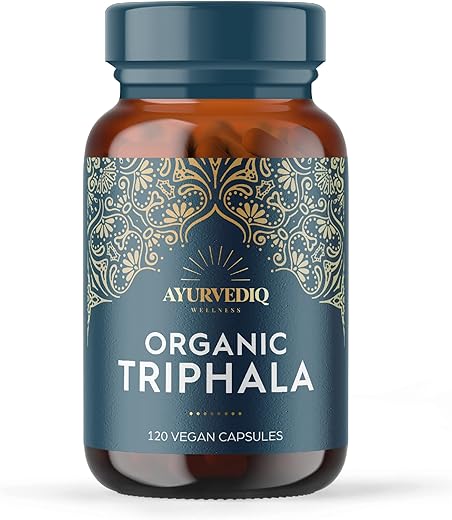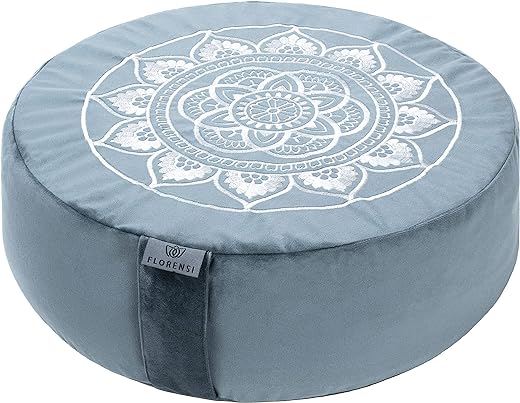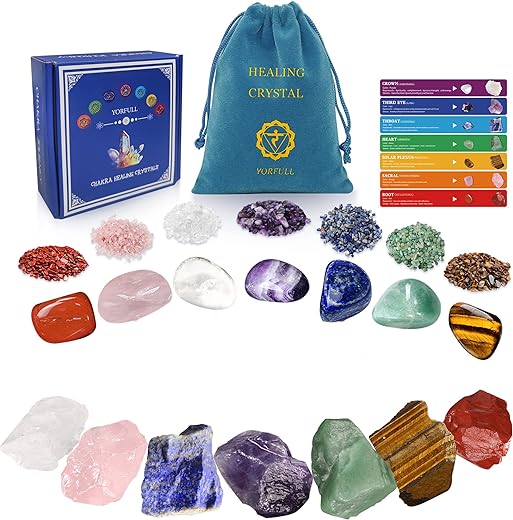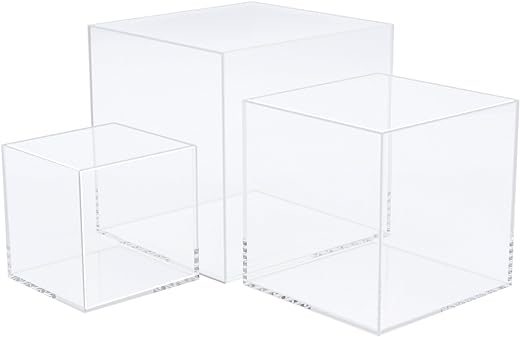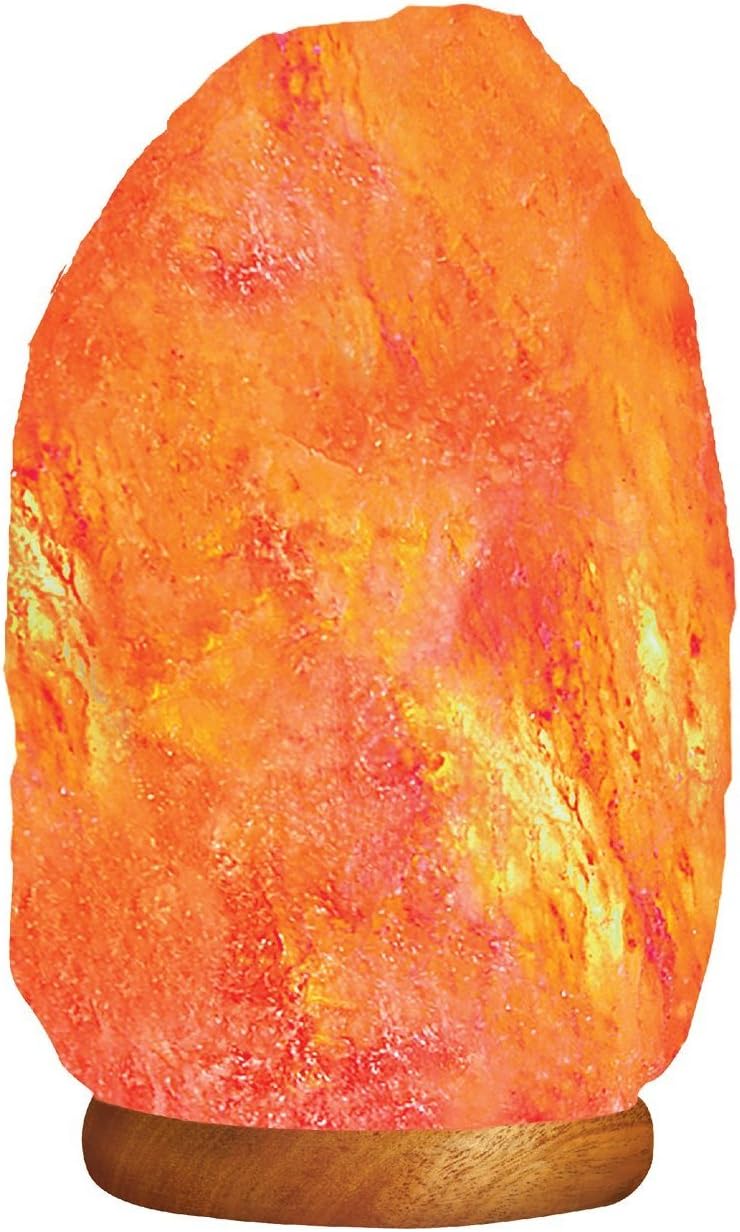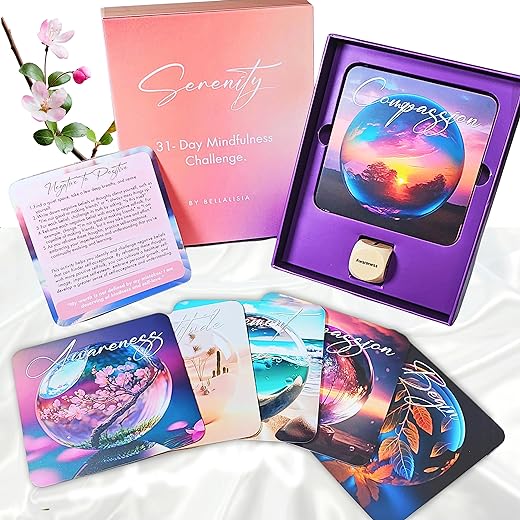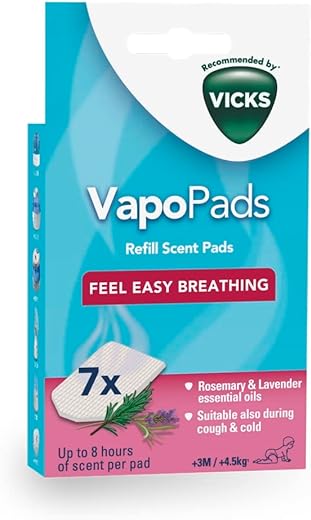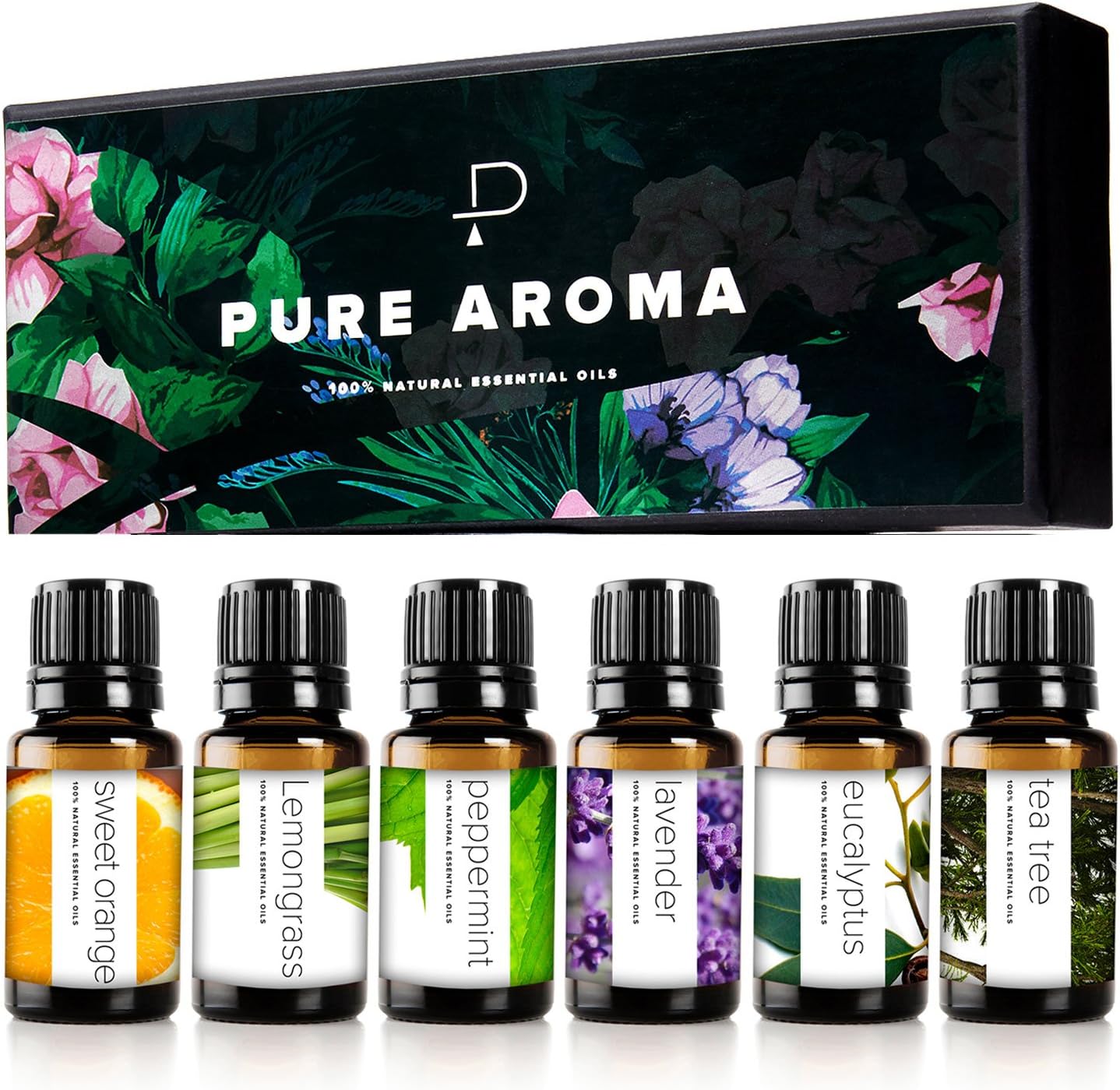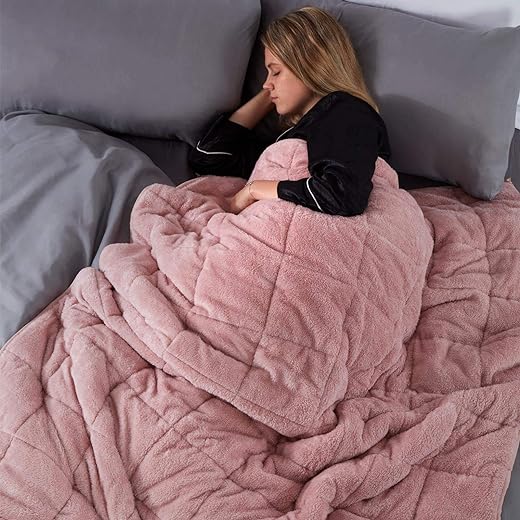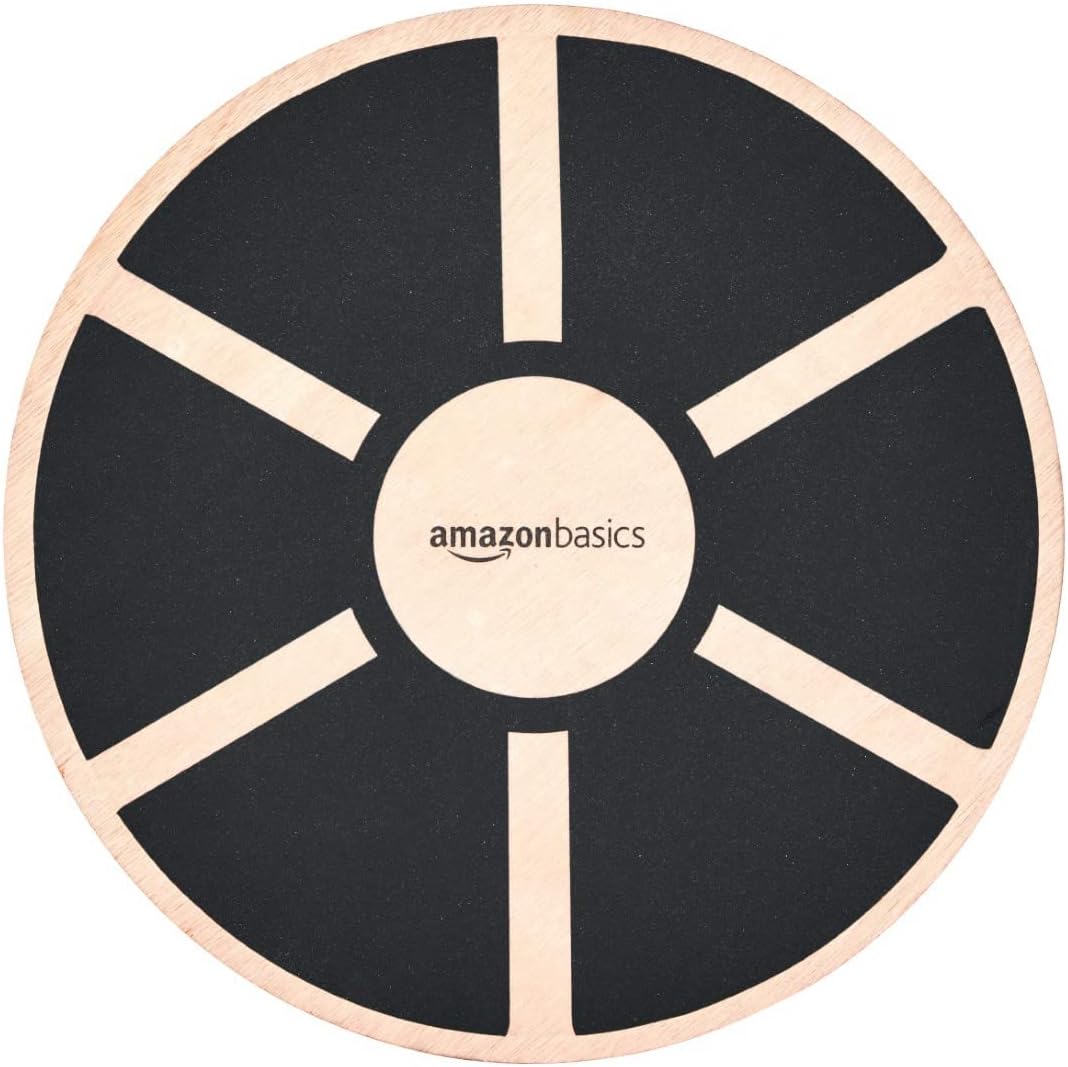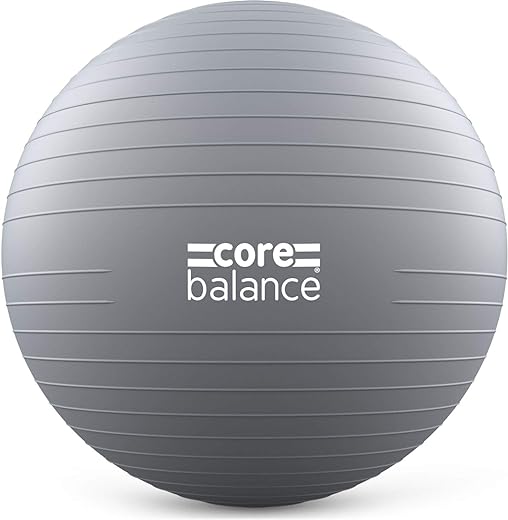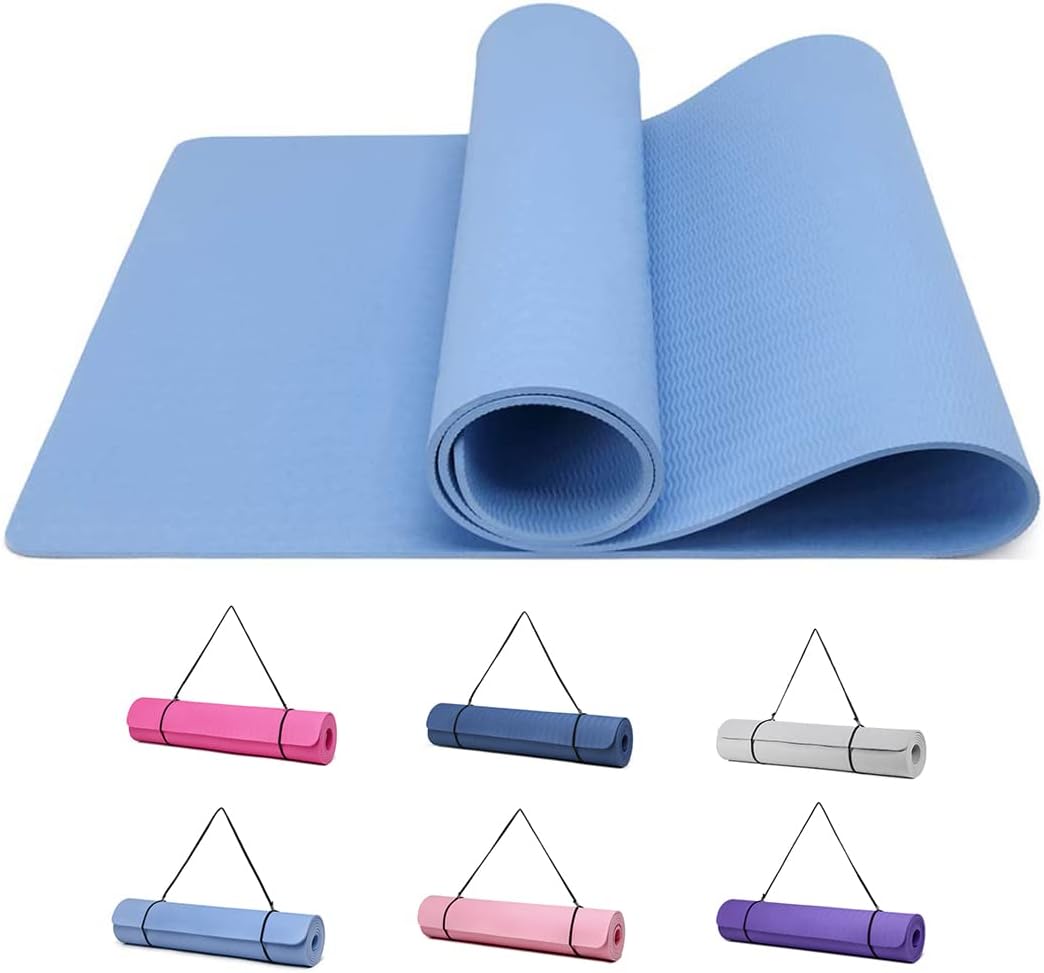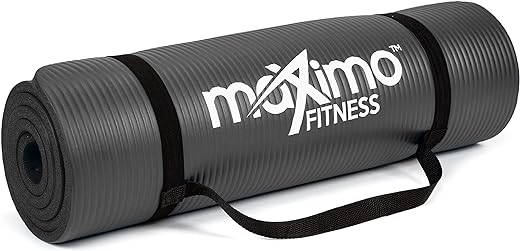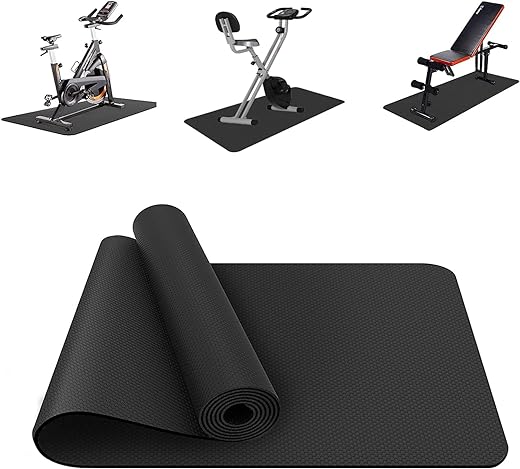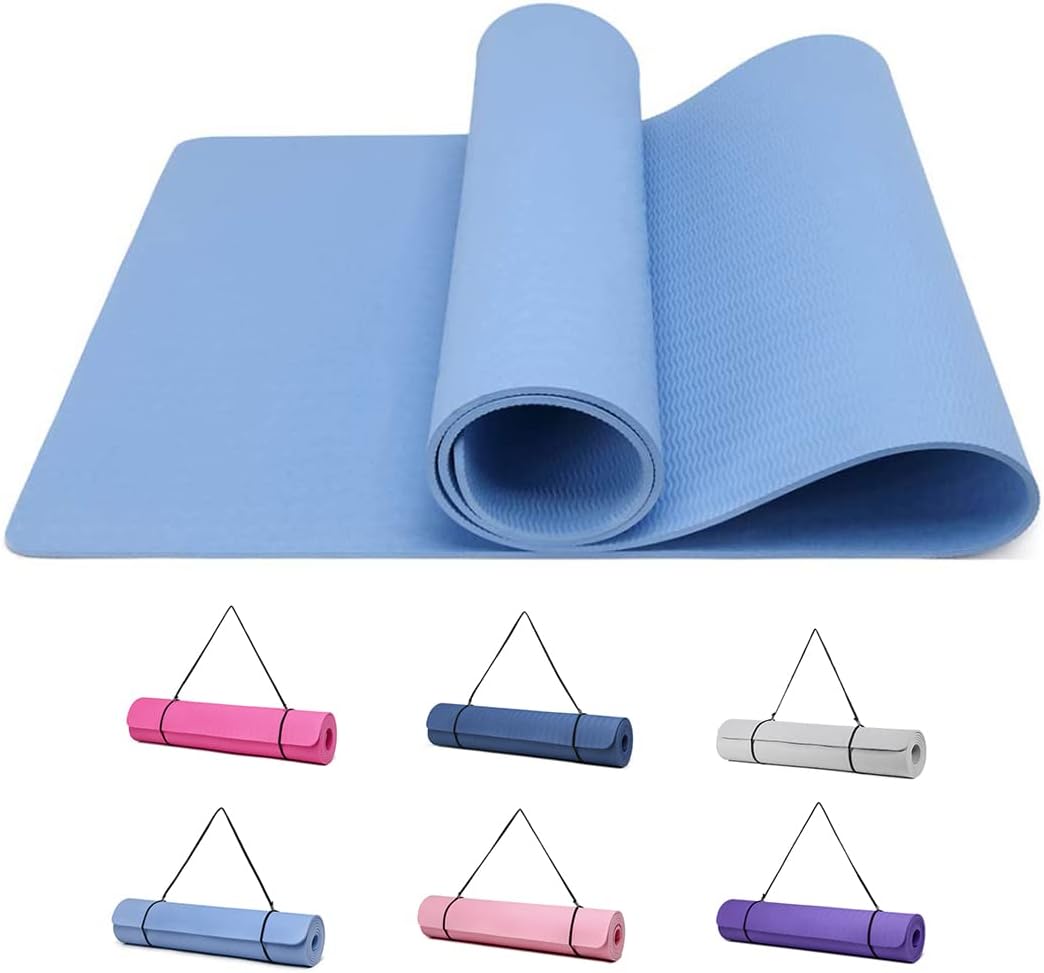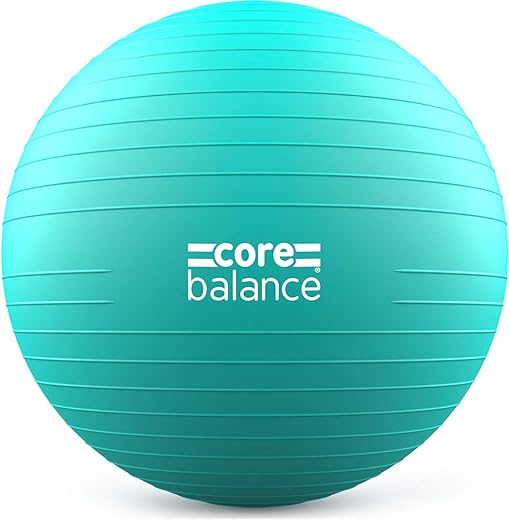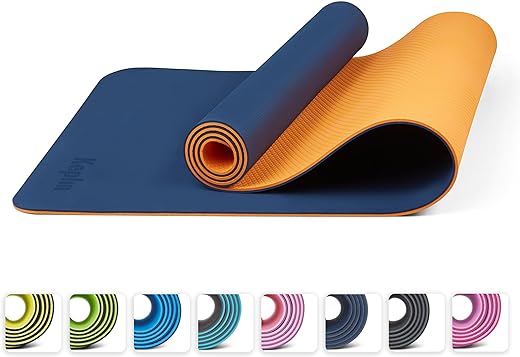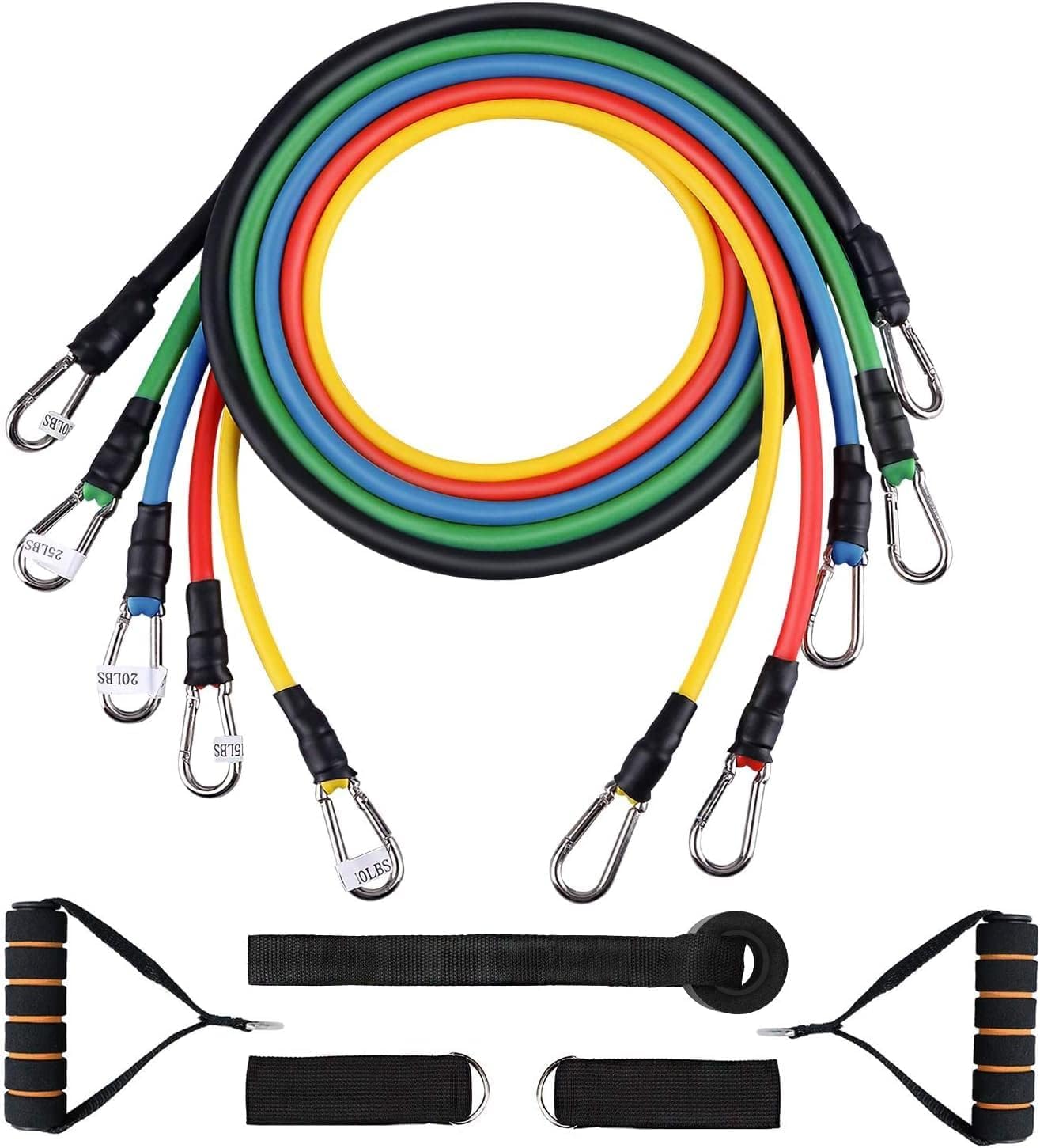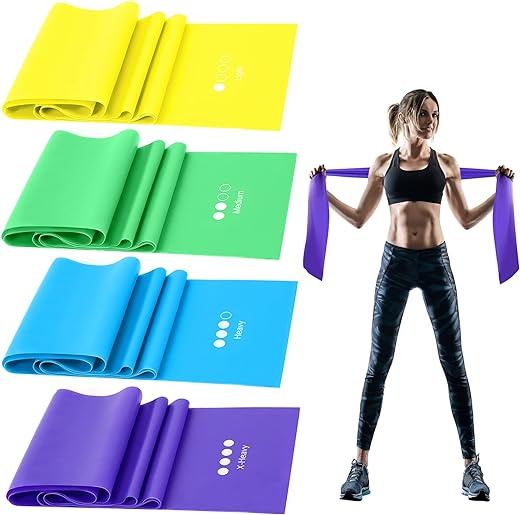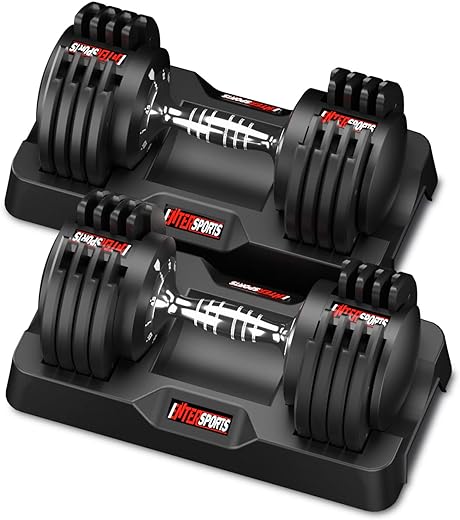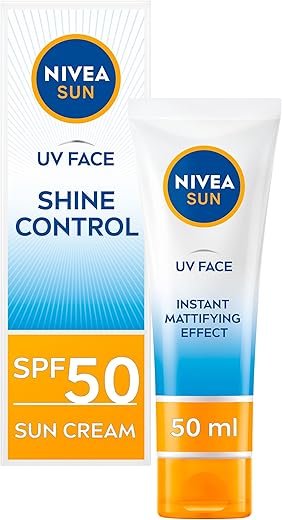In a world where skin health often takes a backseat to our busy lives, understanding the importance of sunscreen is crucial, especially for our delicate facial skin. We all want to protect ourselves from harmful UV rays while maintaining a radiant complexion, but many of us are unsure about the best practices for sunscreen application. In this blog post, we will address your most pressing questions about how often you should reapply sunscreen on your face. By providing clear and practical guidance, we aim to empower you to make informed decisions for your skin’s health and ensure you’re fully equipped to enjoy the outdoors safely. Let’s dive into the essentials of sun protection together.
Understanding Sunscreen: Types and SPF
When it comes to sun protection, sunscreen is an essential line of defense against harmful UV rays. The myriad options available can be overwhelming, but understanding the types of sunscreens and the meaning of SPF ratings can significantly improve your skin health. Let’s dive into the critical components of sunscreen: the types and the SPF.
Types of Sunscreens
Sunscreens come in two primary categories: chemical (organic) and physical (mineral). Understanding the differences between these types can help you choose the right product for your skin type and lifestyle.
Chemical Sunscreens
Chemical sunscreens absorb UV radiation through their chemical ingredients, converting it into heat, which is then released from the skin. Common ingredients found in chemical sunscreens include octinoxate, avobenzone, and octisalate. Here are some key points:
- Application: Apply approximately 15-30 minutes before sun exposure to allow time for absorption.
- Texture: Often lighter and easier to apply, making them a favorite for everyday use.
- Examples:
- Neutrogena Ultra Sheer Dry-Touch SPF 100: Known for its lightweight formula and non-greasy finish.
- Banana Boat Ultra Sport Lotion SPF 50: Ideal for active lifestyles, providing robust protection during outdoor activities.
Physical (Mineral) Sunscreens
Physical sunscreens, on the other hand, contain active mineral ingredients like zinc oxide or titanium dioxide that sit on top of the skin to reflect and scatter UV rays. They tend to be less irritating and are often recommended for sensitive skin. Here’s what you need to know:
- Application: Can be applied immediately before sun exposure as they provide instant protection.
- Texture: Often thicker and may leave a white cast on the skin, depending on the formulation.
- Examples:
- EltaMD UV Clear Broad-Spectrum SPF 46: Non-comedogenic and great for acne-prone skin, this product combines zinc oxide with niacinamide for added skin benefits.
- Badger Sport Sunscreen Cream SPF 30: An eco-friendly option made with organic ingredients, suitable for a range of skin types, particularly effective during water sports.
Understanding SPF Ratings
SPF, or Sun Protection Factor, measures a sunscreen’s ability to prevent UVB rays, which are primarily responsible for sunburn. The higher the SPF number, the greater the protection; however, it’s important to understand how this translates into actual use.
What SPF Means
- SPF 15: Blocks about 93% of UVB rays.
- SPF 30: Blocks approximately 97%.
- SPF 50: Blocks about 98%.
Reapplication Frequency
Despite the SPF rating, reapplication is crucial for sustained protection. Factors such as water exposure, sweating, and movement can diminish effectiveness. Follow these guidelines for reapplication:
- Every Two Hours: Regardless of SPF, sunscreen should be reapplied every two hours, especially if you’re in direct sunlight, swimming, or sweating.
- Immediately After Swimming or Excessive Sweating: Use the “water-resistant” label as a guide. Products like Coppertone Sport Sunscreen SPF 50 offer effective protection for 80 minutes in water before needing to be reapplied.
Practical Considerations
Here’s a comparison table summarizing key points about chemical versus physical sunscreens:
| Feature | Chemical Sunscreens | Physical (Mineral) Sunscreens |
|---|---|---|
| How They Work | Absorb UV rays | Reflect UV rays |
| Application Time | 15-30 minutes before sun exposure | Immediate protection |
| Texture | Lightweight and sheer | Thicker, may leave white cast |
| Irritation | Potentially irritating | Generally suitable for sensitive skin |
| Examples | Neutrogena Ultra Sheer SPF 100 | EltaMD UV Clear SPF 46 |
Understanding the differences between these sunscreen types and being aware of SPF ratings is crucial for anyone looking to protect their skin effectively. Remember that the best sunscreen is one that fits your lifestyle, skin type, and personal preferences while providing reliable protection against UV damage.
General Guidelines for Sunscreen Reapplication
Applying sunscreen is essential for protecting your skin from the harmful effects of UV radiation. However, merely applying it once in the morning is not sufficient for all-day protection. Here, we’ll delve into the critical guidelines for reapplying sunscreen, stressing the recommendation of every two hours while also addressing additional factors that might necessitate more frequent application.
The Two-Hour Rule
Most dermatologists and skincare experts recommend reapplying sunscreen every two hours. This guideline is crucial for ensuring continuous protection against UV rays. Here’s why:
- Efficacy Over Time: Sunscreens can degrade and lose their effectiveness over time due to environmental factors such as exposure to sunlight, heat, and air.
- Skin Absorption: The skin can absorb and break down active SPF ingredients; this means that even if you do not swim or sweat, your sunscreen may need replenishing.
When to Reapply More Frequently
There are specific situations where the two-hour rule may not suffice. These include activities that can significantly diminish the effectiveness of your sunscreen:
- Swimming: Water can wash away sunscreen, making it crucial to reapply it immediately after coming out of the water. Look for water-resistant options like Neutrogena Ultra Sheer Dry-Touch Sunscreen SPF 100, which provides broad-spectrum protection and lasts for 80 minutes in water.
- Sweating: Engaging in physical activities can lead to sweat washing away the sunscreen. Opt for sweat-resistant formulas, such as Coppertone Sport Sunscreen Lotion SPF 30, designed specifically to withstand perspiration.
- Towel Drying: After towel drying, you may inadvertently remove some of your sunscreen. It’s vital to reapply immediately after drying off, even if you haven’t been in water.
Practical Application of Sunscreen
To enhance the practical understanding of sunscreen application, consider the following tips:
- Amount to Apply: The general rule is to use about an ounce (approximately a shot glass full) for full-body coverage.
- Ordering Application: Apply sunscreen before other skincare products and makeup. Choose products that allow for easy reapplication, like Supergoop! Invincible Setting Powder SPF 45, which is a translucent powder that can be layered over makeup.
Sunscreen Formulations to Consider
Choosing the right formulation for your needs can make all the difference. Here’s a quick comparison of different types of sunscreens and their appropriate uses:
| Type | Best For | Example Product |
|---|---|---|
| Lotion | Full-body application | Aveeno Protect + Hydrate Lotion SPF 50 |
| Spray | Quick and easy application | Banana Boat Ultra Sport Spray SPF 50 |
| Stick | Easy for targeted areas (like the face) | Neutrogena Ultra Sheer Face Stick SPF 70 |
| Powder | Touch-ups over makeup | Colorescience Sunforgettable Body Shield SPF 50 |
How to Remember to Reapply
Here are some practical strategies to keep yourself accountable for timely sunscreen reapplications:
- Set Timers on Your Phone: Use the alarm feature to remind yourself every two hours.
- Color-Coded Indicators: Carry a colored wristband that you can change every two hours to indicate that it’s time to reapply.
- Add it to Your Routine: Integrate sunscreen reapplying into daily routines, such as during breaks at work or after exercise.
By adhering to these general guidelines, you can maintain effective sun protection throughout the day. Remember, protecting your skin is a significant investment in your long-term health and well-being.
Factors That Affect Reapplication Frequency
Sunscreen is a crucial part of any skincare routine. However, understanding when and how often to reapply can be complicated. Several factors dictate how frequently you should apply your sunscreen. Let’s explore these factors in detail.
Skin Type
Your skin type plays a significant role in determining how often you need to reapply sunscreen.
- Oily Skin: If you have oily skin, you might prefer oil-free, matte-finish sunscreens that absorb excess oil. Brands like Neutrogena Clear Face Liquid Lotion SPF 55 are great options. You may need to reapply every two hours, especially if you’re sweating.
- Dry Skin: For those with dry skin, using moisturizers with SPF integrated can be beneficial. Products like CeraVe Hydrating Sunscreen SPF 30 not only protect against UV rays but also provide hydration. Frequent reapplication may still be necessary, particularly in dry environments.
- Sensitive Skin: Individuals with sensitive skin should opt for mineral sunscreens, such as Blue Lizard Sensitive Mineral Sunscreen SPF 30. This type tends to be less irritating, but it may require reapplication more often due to its physical barrier breaking down faster on the skin.
Environmental Conditions
Your environment significantly impacts how often you should reapply sunscreen.
- High UV Exposure Areas: If you live in areas with high UV exposure—like Florida, California, or Australia—boosting your sunscreen reapplication frequency is essential. The American Academy of Dermatology recommends reapplying every two hours in such conditions.
- Outdoor Activities: Activities like swimming, hiking, or running can lead to more rapid sunscreen degradation. For instance, Banana Boat Ultra Sport Sunscreen Lotion SPF 50 is labeled as water-resistant for up to 80 minutes. If you’re engaging in these activities, you should reapply after swimming or towel drying.
- Urban Environment: In city settings, pollution can hinder sunscreen effectiveness. Products like Supergoop! City Sunscreen Serum SPF 30 offer additional protection against pollutants. However, you should still reapply regularly to maintain efficacy.
Type of Sunscreen Used
Not all sunscreens are created equal, and the type you choose can influence when you should reapply.
- Chemical vs. Mineral Sunscreens: Chemical sunscreens, like Coppertone Sport Sunscreen Lotion SPF 50, often absorb UV rays and can degrade faster than mineral options. They usually require reapplication every two hours for optimal protection.
- Gel vs. Cream Formulations: Gel sunscreens tend to feel lighter on the skin and are great for oily or acne-prone skin. Products like Neutrogena Hydro Boost Water Gel Lotion SPF 30 may need more frequent reapplications due to their lighter formulas.
- Stick vs. Liquid Formulas: Sunscreen sticks, like Banana Boat Sunscreen Stick SPF 50, are convenient for touch-ups throughout the day. However, more liquid formulations offer broader coverage and should be reapplied more frequently, especially if you’re sweating or swimming.
Misconceptions About Sunscreen Reapplication
There are numerous misconceptions surrounding sunscreen reapplication that can lead to inadequate protection:
- “One Application is Enough for the Day”: Many people believe that applying sunscreen once in the morning is sufficient. In reality, to effectively protect your skin, reapplication is essential, especially after spending time outdoors.
- “Water-Resistant Means No Reapplication”: While certain products are labeled as water-resistant, it doesn’t mean you can skip reapplication. Always adhere to the reapplication guidelines indicated on the product label.
- “Makeup with SPF Eliminates the Need for Sunscreen”: While some makeup products contain SPF, they do not provide sufficient protection when used alone. Brands like IT Cosmetics CC+ Cream with SPF 50 should be used in complement with a dedicated sunscreen for optimal protection.
Reapplication Timetable
Here’s a summary of general guidelines for sunscreen reapplication based on various factors:
| Factor | Reapplication Frequency |
|---|---|
| Skin Type (Oily/Dry/Sensitive) | Every 2 hours, more if sweating/swimming |
| High UV Exposure Areas | Every 2 hours |
| Outdoor Activities | After swimming or towel drying |
| Chemical Sunscreen | Every 2 hours |
| Mineral Sunscreen | Every 2 hours or as indicated |
| Makeup with SPF | Every 2-3 hours if used solely |
Understanding these factors can help you tailor your sunscreen application routine to your needs, ensuring that your skin remains protected against harmful UV rays. Always check the product label for specific reapplication instructions and adjust based on your unique circumstances for the best sun protection possible.
Key Takeaways for Optimal Sun Protection
In conclusion, maintaining proper sun protection is essential for healthy skin. To effectively shield yourself from UV damage, remember to reapply sunscreen on your face every two hours and more often when engaging in activities that cause sweating or exposure to water. Opt for a broad-spectrum sunscreen with an SPF suitable for your individual skin type and lifestyle. By following these guidelines, you can significantly reduce the risk of sunburn, premature aging, and skin cancer, ensuring your skin remains protected and radiant.
